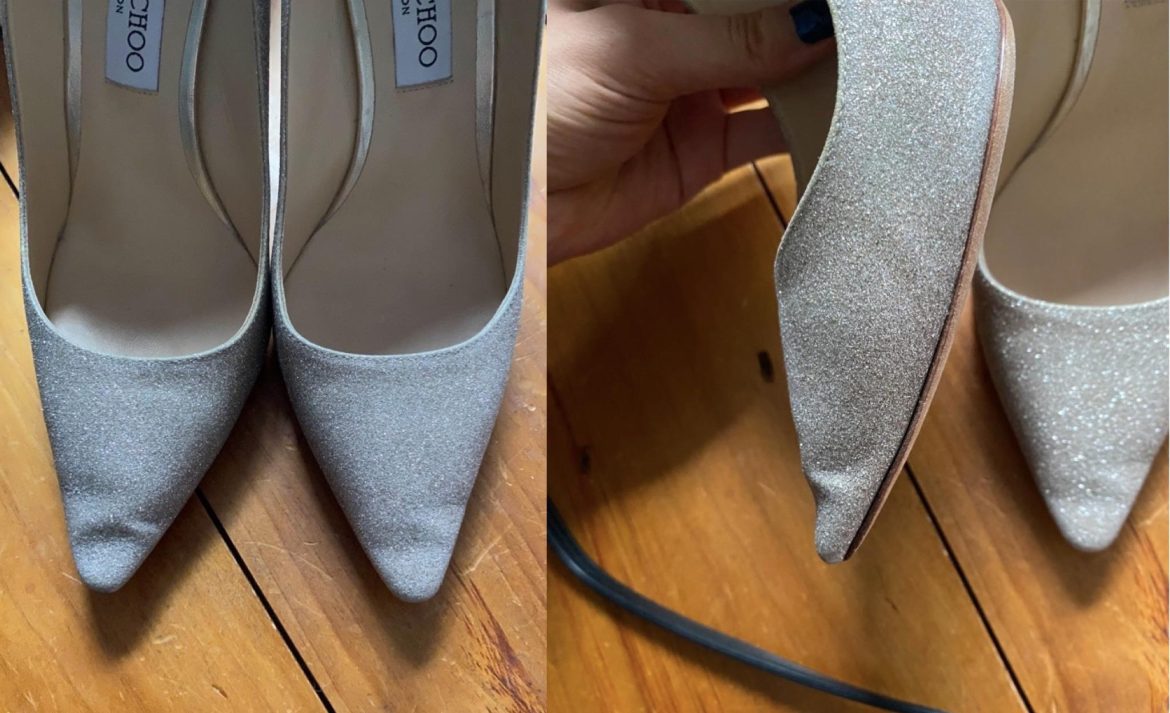Have you ever wondered why women’s shoes, especially those seen at offices or parties, are so often pointy? Human feet are rounded, not shaped like needles! And yes, many women from teenagers to professionals will confirm that these shoes are not only impractical but genuinely painful. So, what’s the secret behind this puzzling design? The answer lies in a fascinating and somewhat shocking piece of history.
You might not believe it, but pointed shoes weren’t originally designed for women at all! In medieval Europe, wealthy aristocratic men wore shoes called poulaines, whose tips could extend up to 30 centimeters! These shoes were so stiff that they were often stuffed with wool or moss to maintain their shape. The purpose of this design was to display wealth—anyone wearing such shoes clearly couldn’t perform physical labor, signaling their affluent status.
The trend became so extreme that in 1463, King Edward IV of England passed a law: only nobility could wear shoes with tips longer than 5 centimeters! This law was not only about maintaining social hierarchy but also about protecting the domestic textile industry. The reason is intriguing: poulaines, due to their unusual structure, required significantly more fabric. The longer the tip, the more material was needed. By limiting toe length for the general public, the consumption of fabric was controlled, reserving high-quality cloth for the upper classes and for export. This clever regulation supported the growth of the English textile industry and prevented the excessive outflow of premium fabrics.
From Medieval Status Symbol to Modern Power Statement
But why do we still wear them today? Although pointed shoes are no longer a symbol of nobility, they have retained their symbolic power. Fashion experts suggest they create a visual illusion of longer, slimmer feet, conveying a sense of elegance and authority. This phenomenon is known in psychology as “enclothed cognition”—how our clothing influences both how others see us and how we think and feel about ourselves.
Furthermore, the human brain has a desire for social belonging. When most women in a social group wear pointed-toe shoes, wearing them fosters a sense of inclusion and acceptance—even if they are painful.
The Hidden Systemic Pressure on Women
Beneath these seemingly free choices lies a harsher reality: many fashion standards are a covert form of violence against women. When women are compelled to endure physical pain to adhere to beauty standards—when they wear shoes that impede normal walking or sacrifice foot health for appearance—it ceases to be a simple choice. It becomes a systematic, patriarchal pressure. A patriarchal society, by defining impractical and painful beauty standards, pressures women to sacrifice their health and comfort. From pointed toes to dangerous high heels and tight clothing, many fashion trends serve to restrict women’s bodies and movement.
In the end, it’s worth pondering: Do we follow fashion, or does fashion follow us? And to what extent do current beauty standards perpetuate a hidden violence against women’s bodies? It’s a question we might all ask ourselves the next time we slip on a pair of pointed-toe shoes.
Conversation


